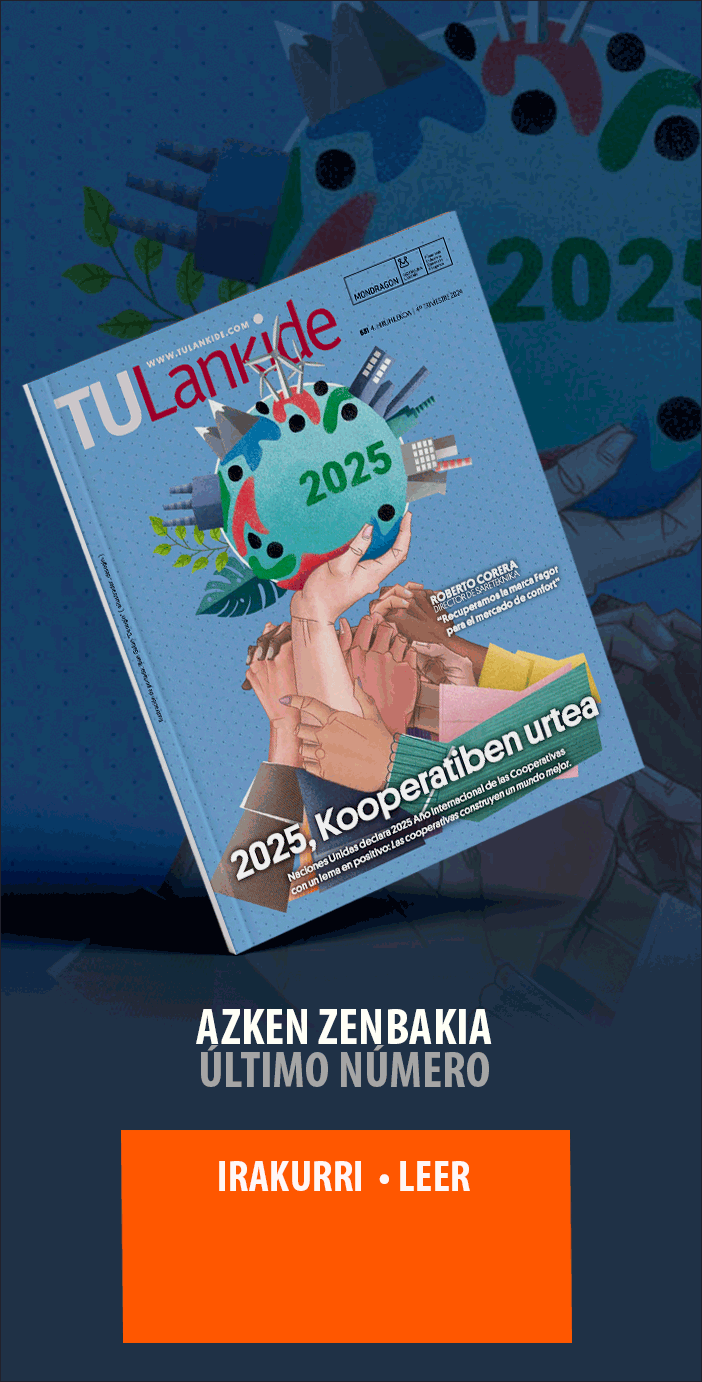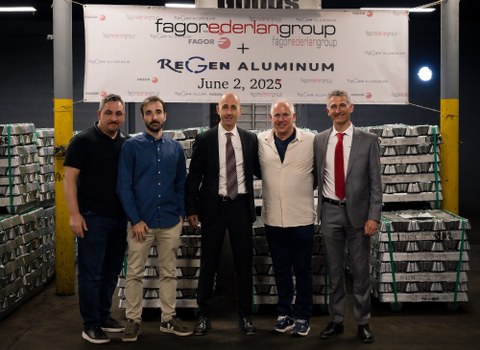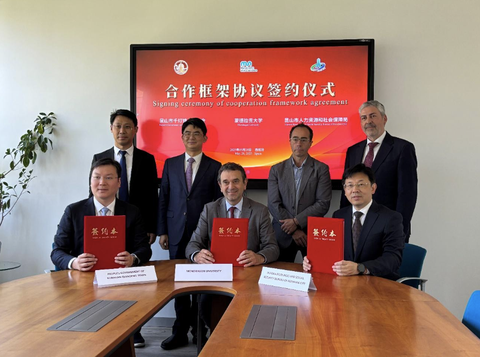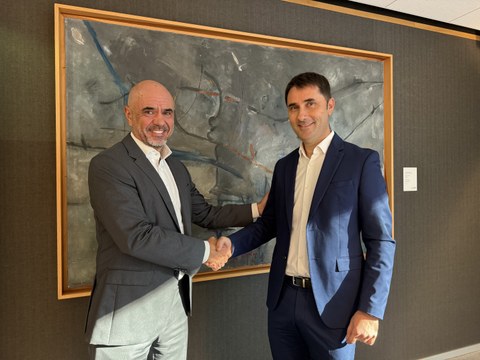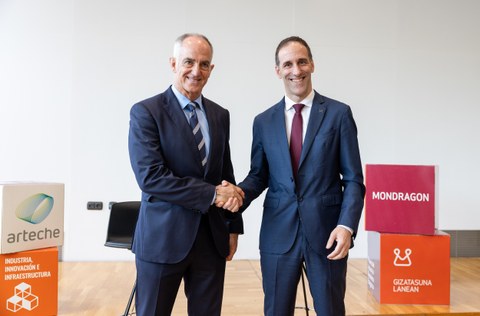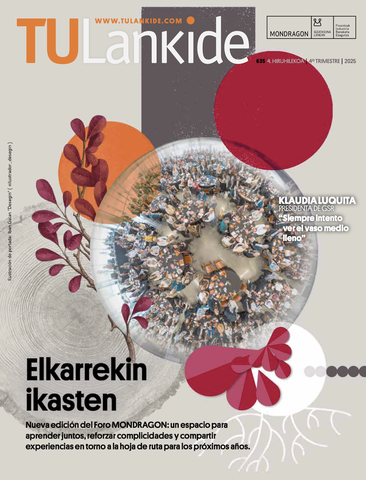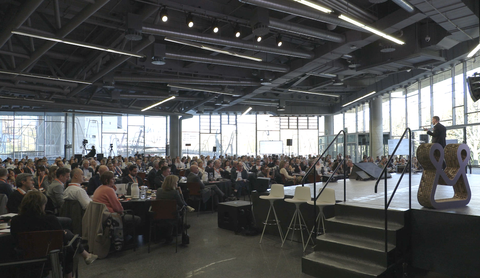MONDRAGON Corporation.
Technology and Innovation for the improvement of the competitiveness of the Services Sector
Most read
- 1. Danobatgroup sets a new turnover record of €344 M in 2024
- 2. Danobat revolutionizes manufacturing with a new precision robot
- 3. MONDRAGON expands its digital presence with Bluesky
- 4. MONDRAGON leads ASETT, the Social Economy Hub for social transformation
- 5. Orbik Cybersecurity, the first technological start-up to become a co-operative
- 6. Eika acquires Stone Cooker S.L and its innovative 'Suiseki' table to boost growth
Ikerlan develops a wireless charger as part of a European project

The main peculiarity of the wireless charger developed within the European UltimateGaN project is based on the use of new semiconductors based on Gallium Nitride (GaN) technology. These semiconductors offer two major advantages over typical silicon-based semiconductors: they are more compact and have lower losses (they heat up less). This has allowed the design of a very compact charger, with a high efficiency (95% when current chargers are below 93%).
This is a very new technology for this application (semiconductors are samples and are not even on the market), and the UltimateGaN research project has allowed Ikerlan to demonstrate its great capabilities in the automotive sector.
At the moment it is a research project, used to demonstrate technological feasibility
The wireless charging solution with more conventional technology is already on the market, but regulations and standards are still being finalized to make it a reality. This will mean that all electric vehicle manufacturers and charger manufacturers will have to work together to achieve interoperability in the details of power transmission and communication between charger and vehicle. At the moment it has started with some bilateral agreements between some charger manufacturers and some car brands.
However, this technology now demonstrated by Ikerlan can also be very interesting for different applications (beyond the electric car itself), such as battery-powered streetcars, electric motorcycles, automatic robots working in factories 4.0, electric forklifts or even household appliances that we may have at home (such as coffee makers, blenders, toasters, etc.).
What is the future that Ikerlan envisions for this sector, which has been in vogue for so long?
It is a sector that has already begun to take off. It is not necessary to go to the big headlines launched by brands such as Tesla, Volkswagen or Hyundai. It is enough to go to the nearest dealers, companies that install domestic chargers or even approach the bus fleets of big cities.
- Dealers cannot keep up with the sale of electric vehicles. The main problem is the supply of components, so the vehicle that arrives is taken out of their hands, and they even have difficulties in obtaining sample electric vehicles.
- Installers of electric chargers are overworked, offering waiting times for installation of months.
- The conversion of city bus fleets has gone from having sample vehicles to placing orders for dozens of electric buses. As an example, Madrid has decided not to buy any more natural gas buses, and will upgrade the fleet with more than 300 electric buses.
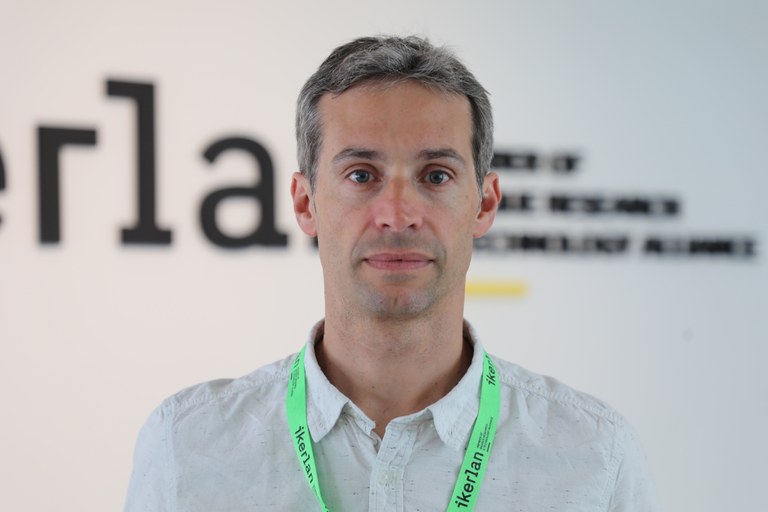
For Luis Mir, head of the Power Electronics department at Ikerlan, "this means that, little by little, people are changing the chip and considering switching to the electric solution for 90% of their needs (daily use). This decision is being made possible due to the aid offered by the government (MOVES plan) on the one hand, and the instability of the cost of fuel on the other".
He adds that "we cannot ignore the upturn in other means of electric mobility, such as electric bicycles (both for sports and for mobility in towns and cities), electric scooters and, more recently, electric motorcycles (mainly among food deliverers)".












